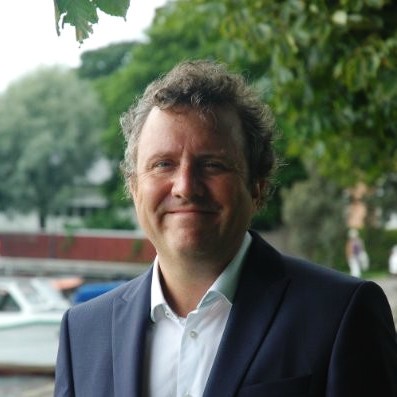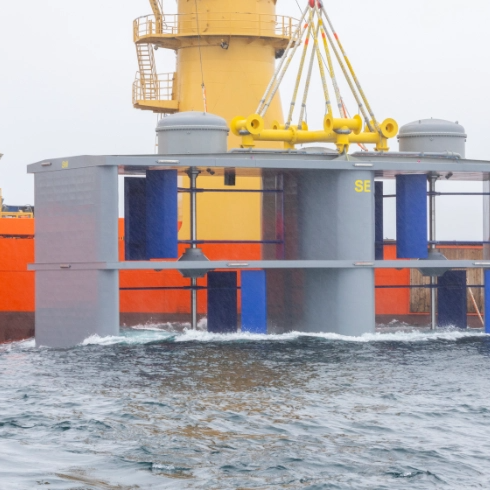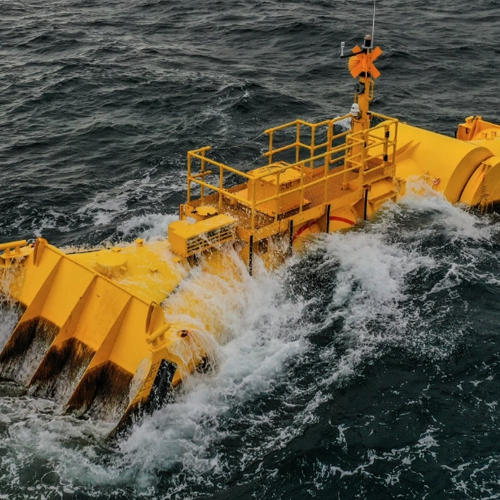Socio-economic
 Finance Policy Socio-economic Technology
Finance Policy Socio-economic Technology
Future Economic Potential of Tidal Stream & Wave Energy in Scotland – January 2025
20 Feb 2025 Finance Socio-economic
Finance Socio-economic
Marine Energy Wales 2022 State of the Sector
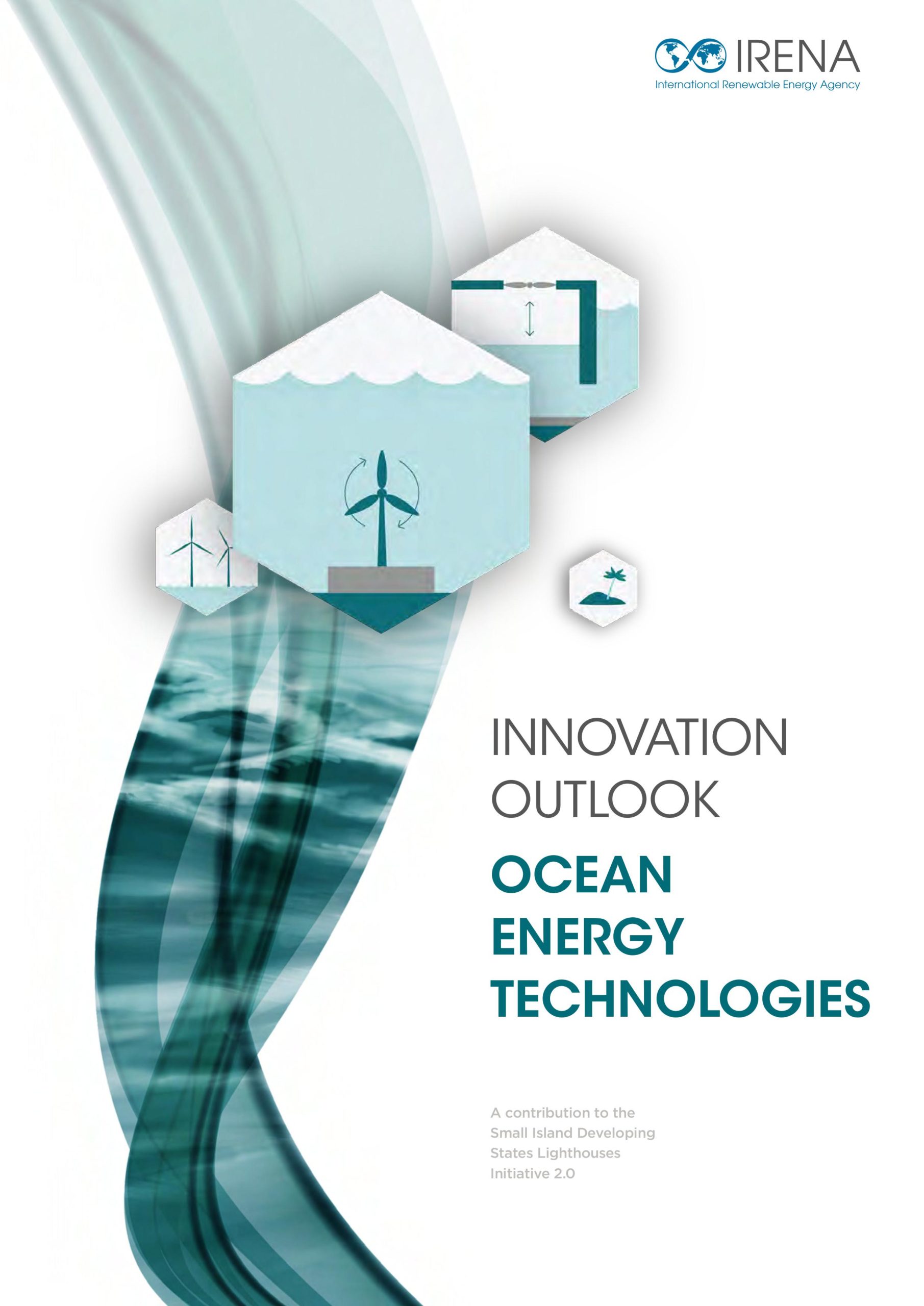 Finance Policy Socio-economic Technology
Finance Policy Socio-economic Technology
Innovation Outlook: Ocean Energy Technologies
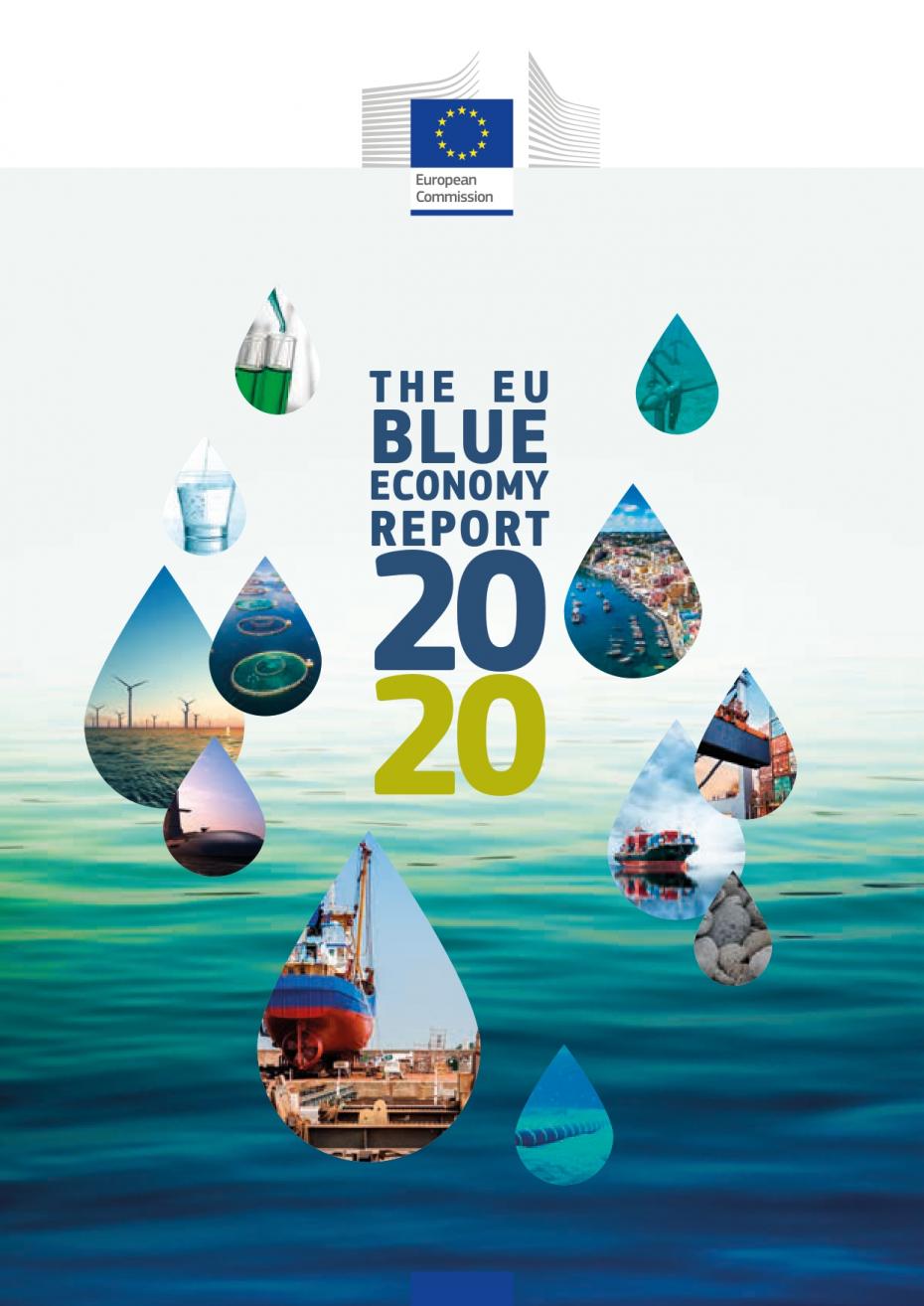 Finance Policy Socio-economic
Finance Policy Socio-economic
2020 EU Blue Economy Report
 Finance Policy Socio-economic Technology
Finance Policy Socio-economic Technology
Future Economic Potential of Tidal Stream & Wave Energy in Scotland – January 2025
20 Feb 2025 External Resources Socio-economic
External Resources Socio-economic
NEMMO report: Study on socio-economic impacts of tidal energy
 Socio-economic Technology
Socio-economic Technology
EIA-OES: Offshore Aquaculture: a Market for Ocean Renewable Energy
16 May 2022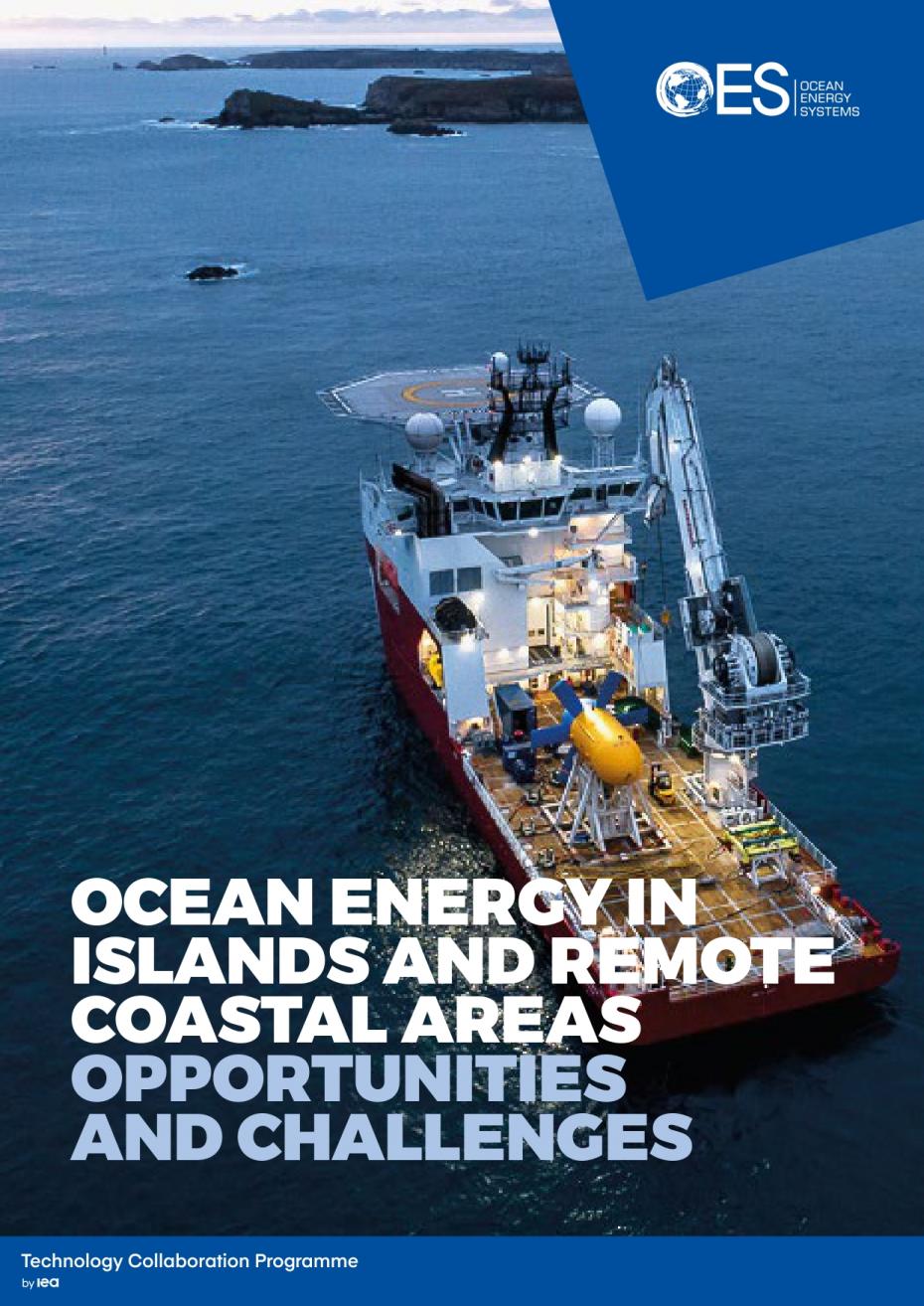 Finance Policy Socio-economic
Finance Policy Socio-economic
OES report: Ocean energy in islands and remote coastal areas
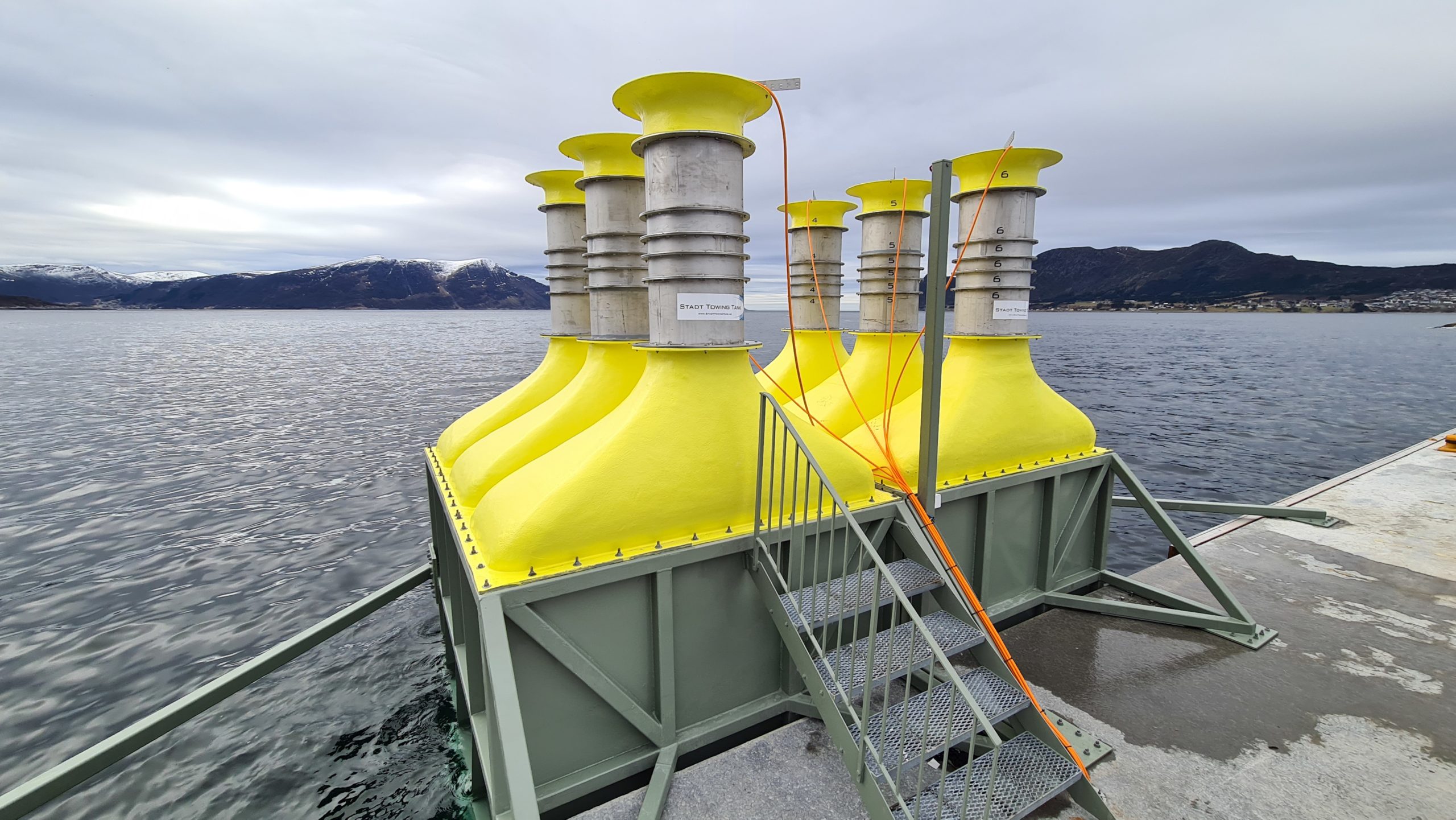 Policy Socio-economic
Policy Socio-economic
DTOceanPlus Report: Potential Markets for Ocean Energy
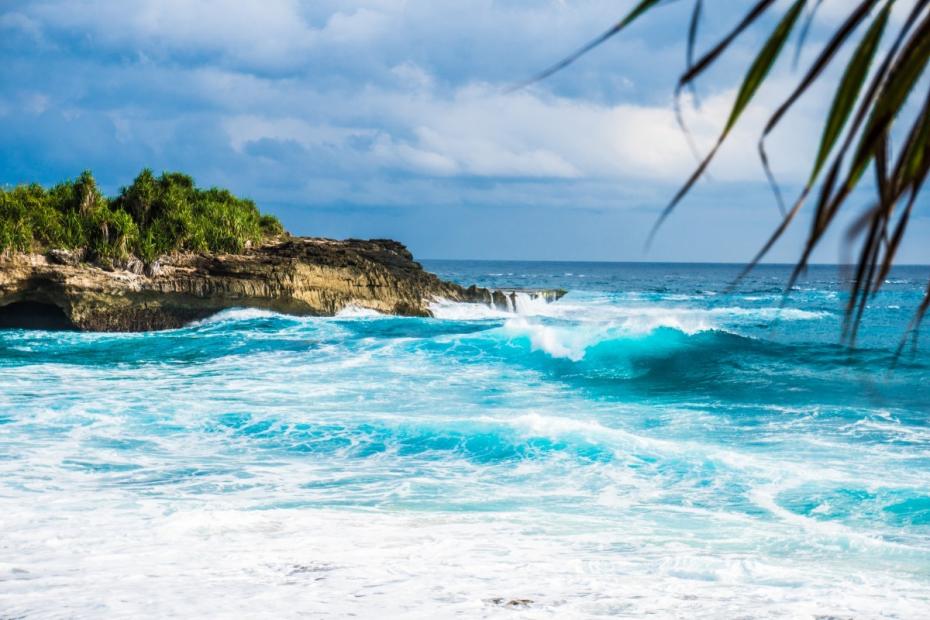 Technology Socio-economic Environment
Technology Socio-economic Environment










